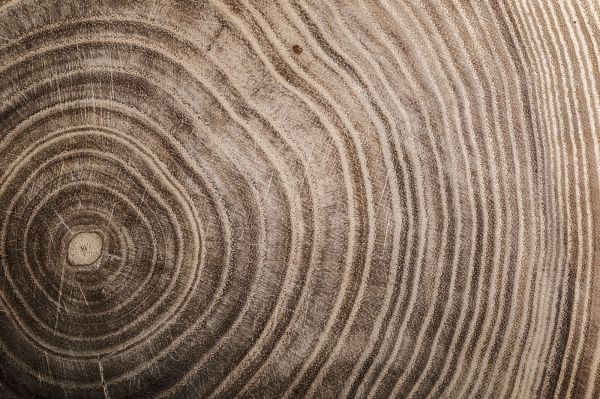The wood and the trees

Wood’s traditional uses have been in construction, maritime energy, and packaging. But wood itself is experiencing a revolution and a fresh approach to sustainably using wood in other sectors is now upon us.
In an Irish context, the biomass and biomaterials sectors, gasification, and short-rotation fibre are becoming new innovative areas. As a natural resource, wood contributes significantly to reducing reliance on non-renewable materials and helps combat climate change through carbon sequestration.
New wood products are increasingly focused on sustainability, innovation, and functionality. Advances in wood-processing technology have led to the creation of engineered wood products such as cross-laminated timber (CLT) and glulam beams, which are being used in modern architecture for their strength, durability, and eco-friendly properties.
These new wood products have revolutionised our housing design and construction as a country. They offer an alternative to traditional concrete and steel. Additionally, wood is being incorporated into cutting-edge furniture designs and home décor, with finishes that enhance its natural beauty. With a focus on renewable resources, new wood products are also supporting a circular economy, reducing waste, and promoting sustainable forestry practices.
Transition to clean energy
Wood is part of the transition to clean energy sources. This is important while addressing concerns over climate change. This transition to clean energy technologies supports environmental goals, strengthens economic resilience, creates jobs, and reduces long-term energy costs. Trees are recognised as the primary tool in sequestering and storing carbon. And this plays a role in boosting biodiversity and providing nature-based solutions to support climate resilience. Forests act as carbon sinks, absorbing CO2 and helping mitigate climate change. Their roots prevent soil erosion and regulate water cycles, promoting resilience against floods and droughts. Tree planting and forest conservation are essential for restoring ecosystems, improving air quality, and protecting wildlife. Through these combined efforts, trees offer a sustainable solution, fostering biodiversity while addressing climate change challenges. In many ways, these innovations are still based in the philosophy that using wood is good.
Significant damage
Teagasc will be running a series of events to help address issues that landowners are experiencing in the aftermath of Storm Éowyn. Here, Michael provides a short status update on the impact of the storm.
“Satellite images and the National Forestry Inventory show that the number of trees blown down by the strong winds of Storm Éowyn was 230 per cent more than all the timber cut from Ireland’s forests in 2023. The affected area is very large – 23,652 hectares – which equates to approximately 10,000,000m3 of trees in Irish forests damaged, especially in spruce plantations over 20 years old.
"The majority of affected forests still have significant timber value, even after storm damage. These damaged trees have a lot of tension that, if released, can cause them to spring suddenly. Safety should be the top priority in these forests, and only professionals who are fully qualified and insured should perform this work.
"The Department of Agriculture, Food and the Marine (DAFM) has verified that windblown trees need a felling license because they still need to be cut, harvested, and removed. Affected forest owners need to apply for a felling licence in accordance with the Forestry Act of 2014. According to Insurance Ireland, claims from Storm Éowyn could total €300m. They said the situation is ongoing, and that their members are still processing claims daily, so these figures are not final."




